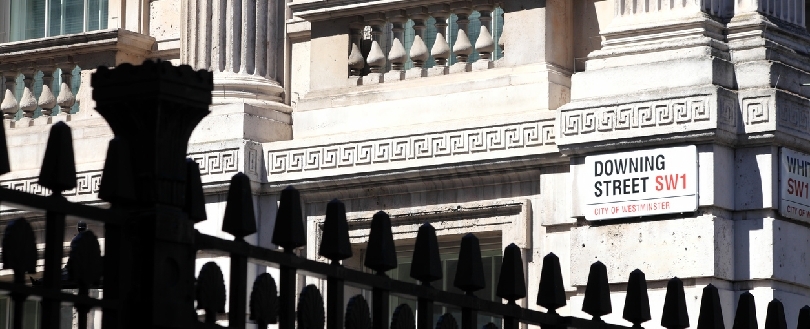
UK Government prioritise Draft Building Safety Bill
Like it? Share it!
21 July 2020
With the Grenfell Tower fire exposing serious flaws ‘across the whole system of building and managing high rise homes’. Resultingly, the government asked Dame Judith Hackitt to ‘carry out an independent review of building regulations and fire safety to understand the causes of the fire’. The report found that ‘the whole system needed major reform and that residents’ safety needed to be a greater priority through the entire life cycle of a building – from design and construction, through to when people are living in their homes.’ This report has been accepted by the government and drafted this Building Safety Bill which alongside the Fire Safety Bill and fire safety consultation will provide the biggest improvements to building safety in nearly 40 years.
This draft Bill has been published to enable consultation and scrutiny before the Bill is introduced to Parliament. What does it include?
But what does it mean for residents?
- The draft Bill will ensure that there will always be someone responsible for keeping residents safe in high rise buildings – those 18 metres and above. They will also have to listen and respond to residents’ concerns and ensure their voices are heard – they will be called the ‘Accountable Person’.
- Residents and leaseholders will have access to vital safety information about their building and new complaints handling requirements will be introduced to make sure effective action is taken where concerns are raised.
- To oversee all this and make sure that Accountable Persons are carrying out their duties properly, there will also be a new national regulator for building safety, within the Health and Safety Executive.
- It will ensure that high rise buildings and the people who live in them are being kept safe and will have new powers to raise and enforce higher standards of safety and performance across all buildings. The regulator will appoint a panel of residents who will have a voice in the development of its work.
- We are committed to making sure that leaseholders won’t pay unaffordable costs for historic repairs to their buildings. We will continue to engage with stakeholders, including leaseholders, on this issue while the draft Bill is being scrutinised. We will be speeding up work with the finance and insurance industries, to protect leaseholders from unaffordable costs of fixing historic defects, but without relying on taxpayers’ money.
- A new ‘building safety charge’ will make it easy for leaseholders to see and know what they are being charged for when it comes to keeping their building safe. But, to make sure that these costs are affordable, we have deliberately included powers to limit the costs that can be re-charged to leaseholders.
- For the first time, new build homebuyers will have their right to complain to a New Homes Ombudsman, protected in legislation, and developers will be required to be a member of the scheme. The New Homes Ombudsman will hold developers to account, including the ability to require developers to pay compensation.
Together, measures in the draft Building Safety Bill, Fire Safety Bill, and Fire Safety Order consultation will improve safety standards for residents of all blocks of flats of all heights, with even more stringent approaches and oversight for buildings in scope.
How will this affect the industry?
- The draft Bill will make sure that those responsible for the safety of residents are accountable for any mistakes and must put them right. It will fully establish the regulator that will enforce new rules and take strong actions against those who break them.
- The regulator will have 3 main functions: to oversee the safety and standard of all buildings, directly assure the safety of higher-risk buildings; and improve the competence of people responsible for managing and overseeing building work.
- It will operate a new, more stringent set of rules for high-rise residential buildings. The new set of rules, contained in the draft Bill, will apply when buildings are designed, constructed and then later occupied. It will be clear who is responsible for managing risks at each stage.
- Building inspectors who are responsible for signing buildings off as safe for people to live in will also have to follow the new rules and must register with the regulator.
If you have found this article helpful or you are proud to be an FIA member then please share this article with your network.
Related training
Related news
-
FIA to Consider Industry Response to HSE PFAS Consultation
13 January 2026
-
New FIA Guidance on BS 5839-1 Fire Alarm Categories
23 December 2025
Related resources
-
Euralarm-FAQs-re-Environmental-Product-Declarations-EPDs.pdf 1
27 November 2025
-
Fire Risk Assessors Standard Scope of Services
07 August 2025
